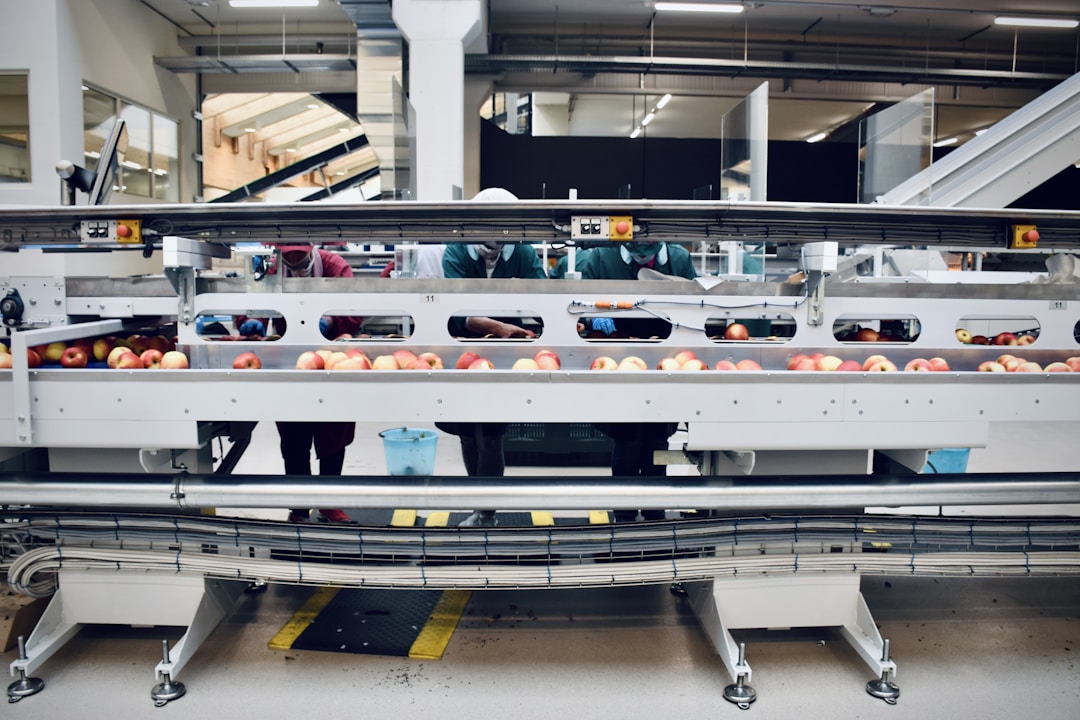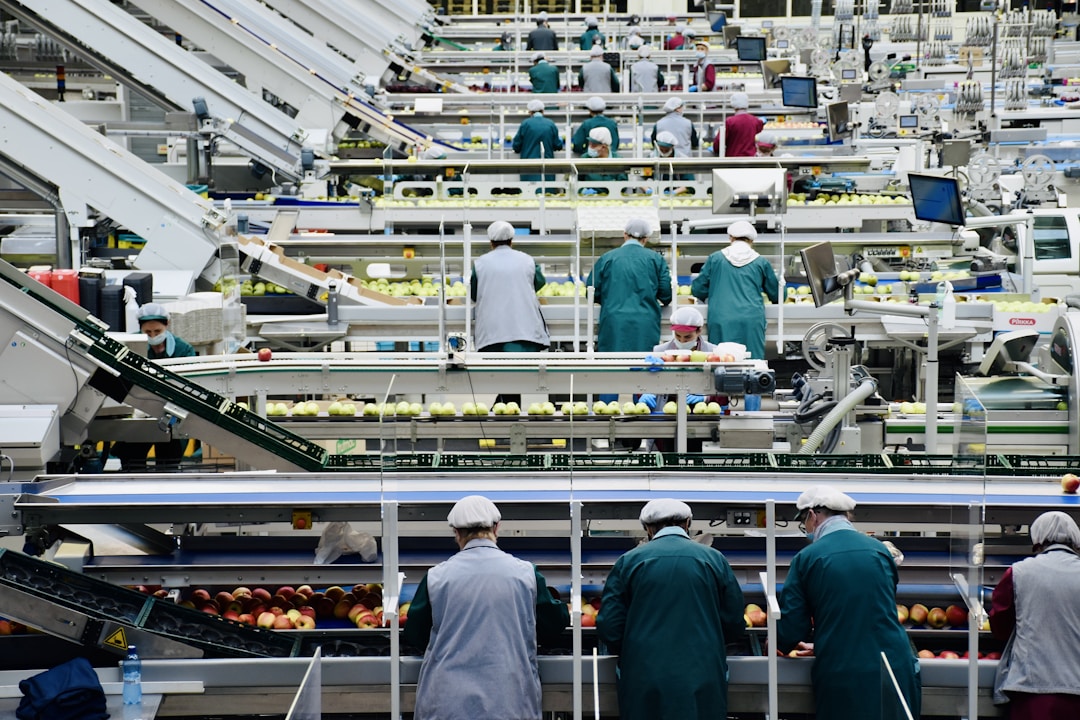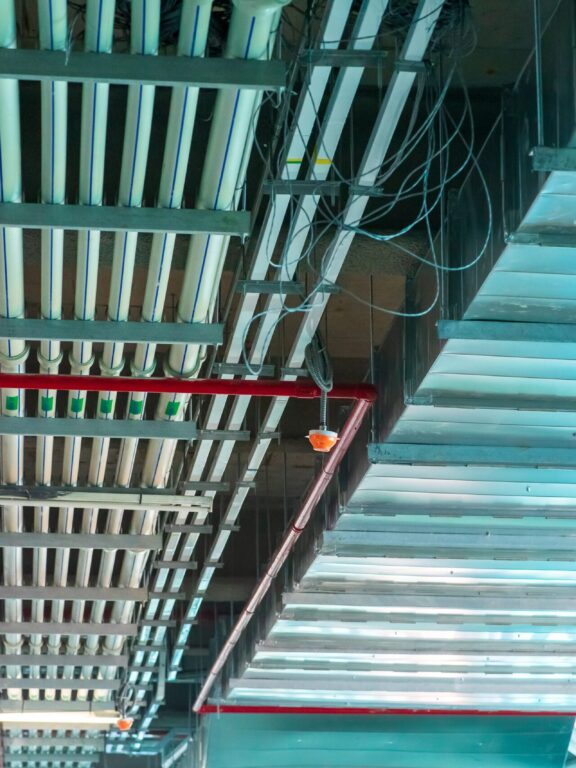An Insight on Glycol Systems: Understanding and Troubleshooting
With technological advancements and the associated complexities, professionals in differing industries inevitably encounter obstacles. Glycol systems represent one such complex technology used in various industries. Nuances in these systems may be daunting, but a perfect mastery of the systems can be attained. Keep reading to learn how to identify and resolve common glycol system issues.
Understanding Glycol System Basics: A Comprehensive Overview

Glycol systems primarily aim to maintain temperature in various industrial systems, providing energy-efficient cooling or heating benefits. Such systems circulate a mix of glycol and water to transfer heat that cools or heats a specified area.
Two common types of glycol used include ethylene glycol and propylene glycol. The former finds more use in industrial settings due to its superior heat transfer efficiency, while the latter is commonly used where toxicity may be a concern, as it’s less toxic than ethylene glycol.
System design varies widely. However, most designs include elements like a pump for circulation, a chiller for cooling the glycol, and heat exchangers for facilitating heat transfer. The purpose and requirements dictate the complexity and parts used in the system.
Understanding the basics can assist you in managing and maintaining your glycol systems effectively. If you’re comfortable with its components and their interaction, you’ll be able to recognize symptoms of issues quickly, which makes for efficient problem-solving.
Identifying Commonly Encountered Issues in Glycol Systems
Like any technology, glycol systems can experience problems. These range from leaks and clogs due to debris to contamination and glycol degradation. Recognizing these issues is the first step in successful troubleshooting.
Leaks are a problem of many glycol systems. Signs might include consistently needing to add more glycol or visible wetness around the system. Not only can leaks reduce efficiency, but they can also cause equipment damage and safety issues.
Clogs are also common and can occur due to debris accumulation or if the glycol mix isn’t correctly balanced. A significant drop in system efficiency could indicate clogs.
Contamination risks arise from various sources, including leaks, dust, and rust. These can affect system performance and require careful monitoring.
Practical Steps for Troubleshooting Glycol System Problems
Establish whether the problem relates to the glycol system or the equipment it supports. Check the system for visible leaks and assess whether it achieves the required temperature. Check the chiller and pump functionality if the system isn’t maintaining the appropriate temperature.
Should you suspect contamination, it needs isolating for testing. If you discover impurities, flush the system and refill it with a new glycol mix.
For suspected clogs, check filters and external piping visually. If everything seems fine, but the system performance is degraded, it’s wise to call a professional.
Fluctuations in temperature or erratic system behavior should also signal a deeper issue that may require expert help.
In-Depth Analysis of Glycol System Maintenance Best Practices

Proactive maintenance is key to keeping these complex systems running smoothly. Regular system evaluations can help identify issues early before they become problematic.
The glycol level needs to be checked regularly. If it’s consistently decreasing, there may be a leak, and it’s also crucial to keep track of glycol quality over time.
Always ensure the temperature is stable and within specified boundaries. Also, regularly check all system components, particularly those prone to wear and tear.
Cleaning is crucial for peak performance. Carry out regular deep cleaning to remove any build-up of debris, rust, or other impurities that could clog the system or reduce its efficiency.
Comprehensive understanding, problem identification, troubleshooting, and maintenance techniques are essential aspects of handling glycol systems effectively. Their vital role in many industries makes mastering this paramount tool significant. With the strategies discussed in this article, you can confidently tackle any challenges with your glycol systems and ensure their optimal performance for years.

